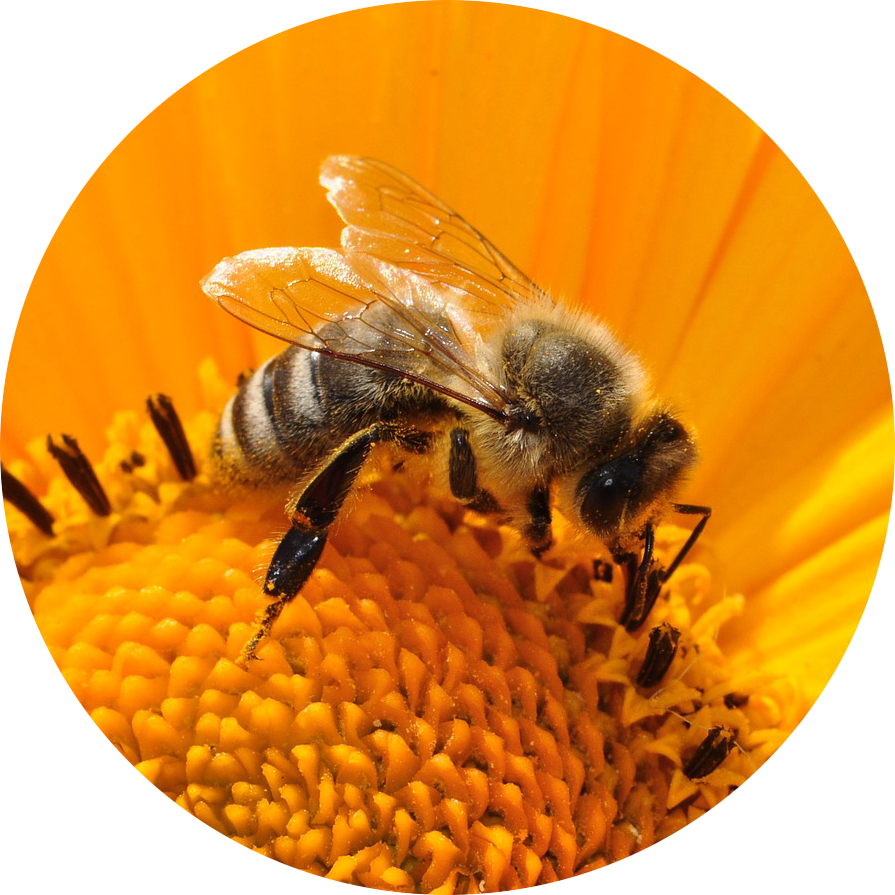“Looking for a Broader Perspective than the Human Mind Can Offer”
Autoethnographic Description of Interactive Experience in a Shamanic Healing Ceremony
DOI:
https://doi.org/10.30666/elore.132053Keywords:
agents, animism, autoethnography, imagination, alternative medicine, neoshamanism, experience, experience-based knowledge, healing, ceremonies, rituals, shamanismAbstract
Contemporary shamanistic healing methods are part of the field of complementary and alternative medicine. Their goal is to maintain holistic health and well-being. In this article, we use autoethnography to examine the client’s experience in a shamanic healing ceremony centred on the shaman’s journey into the spirit world. The material for the study is the autoethnographic diaries about the healing ceremony, where one of us was a client and the other a shaman. The healing ceremony included other material and immaterial actors, such as the shaman’s drum and spirit helpers. We use the concept of co-imagining to describe how these actors contributed to both enabling the shaman to mediate healing from the spirit world and influence the client’s experience of the healing ceremony. However, the client’s experience of the effects of shamanic healing was not limited to a single ritual, but was a longer process that extended to several areas of life.
In autoethnography, where researcher’s own experiences are used as the research material, the role of researcher-experiencer effects the analysis and the interpretation of the material. The process of interpreting the experience narrative begins and becomes visible for the reader in the research journal, but should be specified in the research text. The interaction of the authors reminded us of different ways to analyse and interpret what happened and to develop the concept of co-imagining. Co-imagining became a method to describe the shared experience created by material and immaterial actors.


Downloads
Published
How to Cite
Issue
Section
License
The journal follows Diamond Open Access publishing model: the journal does not charge authors and published texts are immediately available on the Journal.fi service for scientific journals. By submitting an article for publication on Elore, the author agrees, as of September 2024, that the work will be published under a CC BY 4.0 licence. Under the licence, others may copy, transmit, distribute and display the copyrighted work and any modified versions of the work based on it only if they attribute the licence, the original publication (link or reference) and the author as the original author. Any modifications made must be acknowledged.
Copyright of the texts remains with the authors, and self-archiving (Green OA) of the published version is allowed. This also applies to texts published before September 2024. The Green OA publication must include Elore's publication details.
The metadata for published articles is licensed under Creative Commons CC0 1.0 Universal.




